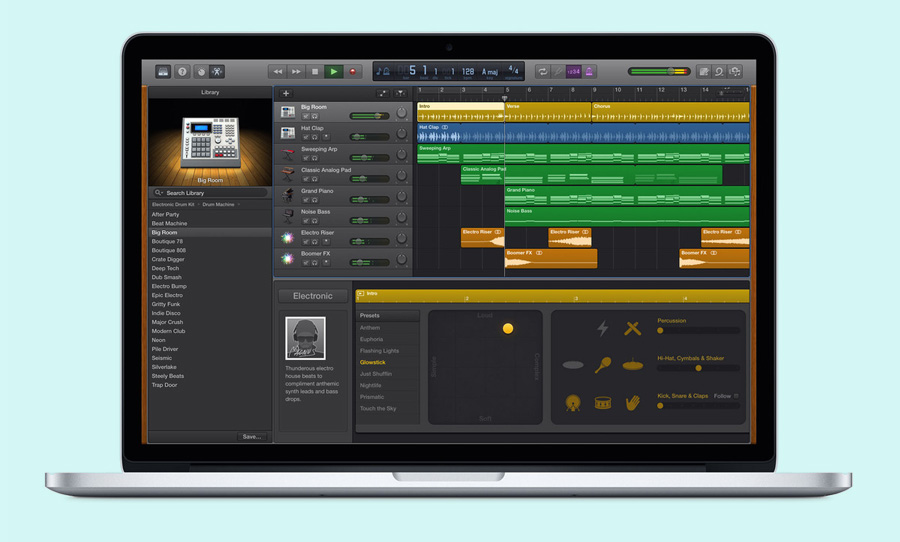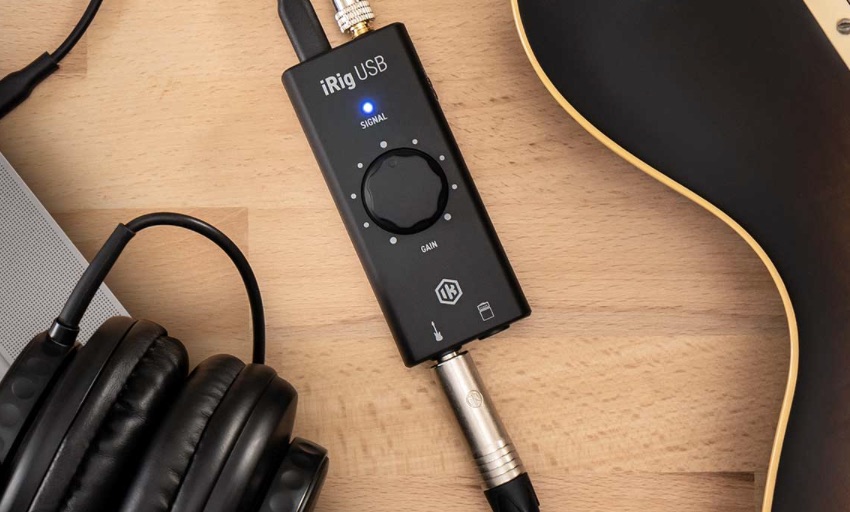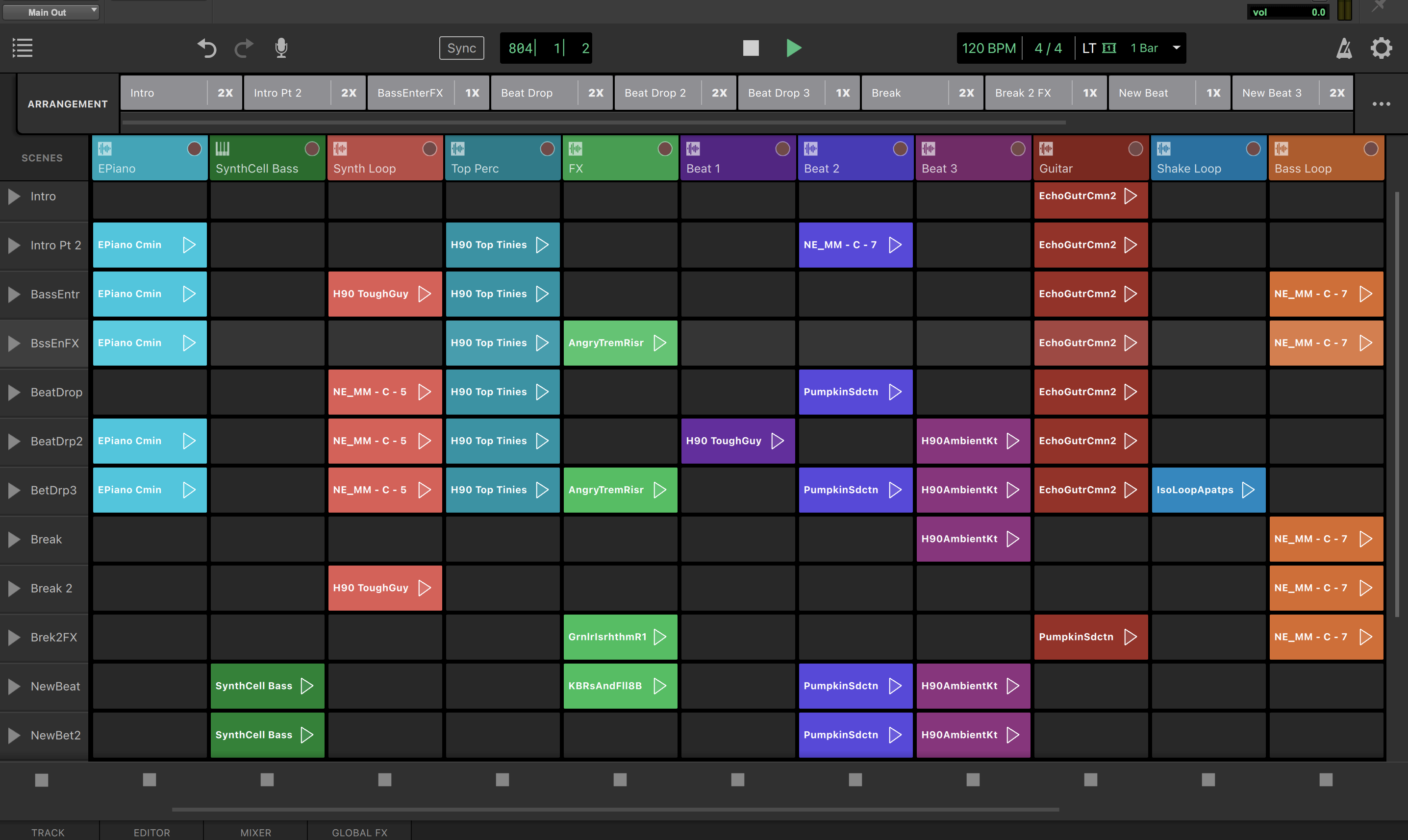The studio: if we’re not there, we want to be. It’s easy to while away the hours tracking bands, mixing or producing your own music, but it can be dangerous for reasons that might not be obvious. Remaining static for hours on end and being sucked into the screen doesn’t make for the most ergonomic studio experience.
In the modern, digitally-based studio, items from the office have been repurposed for making music. Though we accept them as norms, the standard mouse, keyboard and an uncomfortable chair may not be the best tools for maintaining a healthy routine in the studio.
Fortunately, there are a host of tools and techniques for keeping healthy in this traditionally sedentary environment. Read on as we explore some tips for creating an ergonomic studio.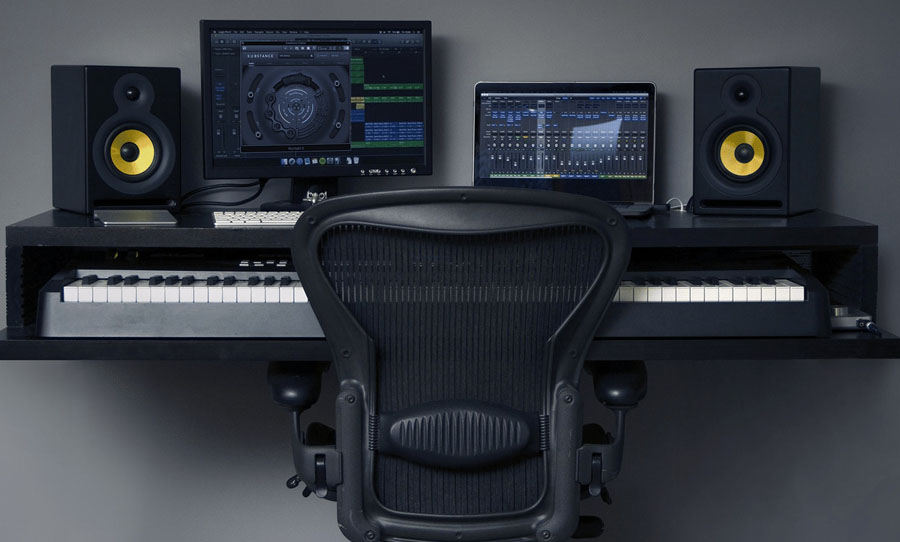
It’s easy to be transfixed by the screen and glued to the chair in your creative space. So here are 4 tips for breaking the cycle and creating a truly ergonomic studio.
The Desk – the Hub of the Studio
In times gone by, a desk – literally a sound desk – would be the focal point for sound and hands-on work in the studio. There are some large professional facilities that still have the console at its core, but for home-based project studio, this piece of expensive gear has largely fallen by the wayside.
The garden variety office desk, however, still takes pride of place in most setups. It’s unavoidable really – you need a place to put things, right? So do we resign ourselves to hunching over desks forever? Well, not all desks are created equal.
There are desks that are specifically designed for studio work. Take Output’s Platform for example. It’s a desk-cum-workstation that features an upper level for your screen, rack space that’s built into the desk itself and an optional retractable shelf for a keyboard or MIDI controller.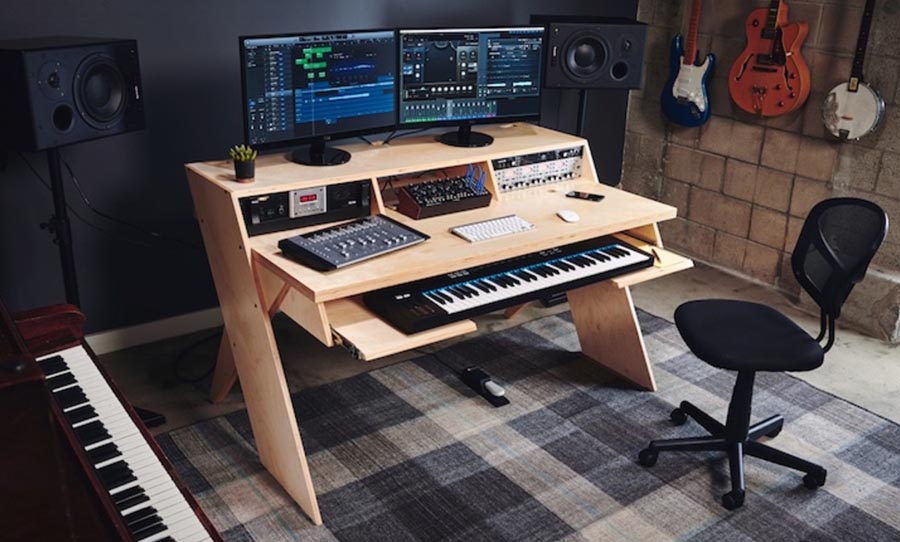
Get Up, Stand Up
Working with an ergonomically designed desk will satisfy some, but if you’re still concerned about an overly inactive way of operating, you’ll need to find your feet.
If the standing desk hasn’t already come to an office near you, it surely will soon. It’s all the rage and for good reason. Being able to move freely and maintain some level of fitness while at work is obviously desirable and the standing desk is here to help.
This kind of set up, however, is still highly unusual in the studio. If you’ve carefully calibrated your sitting position to optimise your monitoring, you’ll need to make some other changes. But if you do most of your work on headphones, for example, embracing the standing revolution could be for you. Just remember to have enough slack on those cables!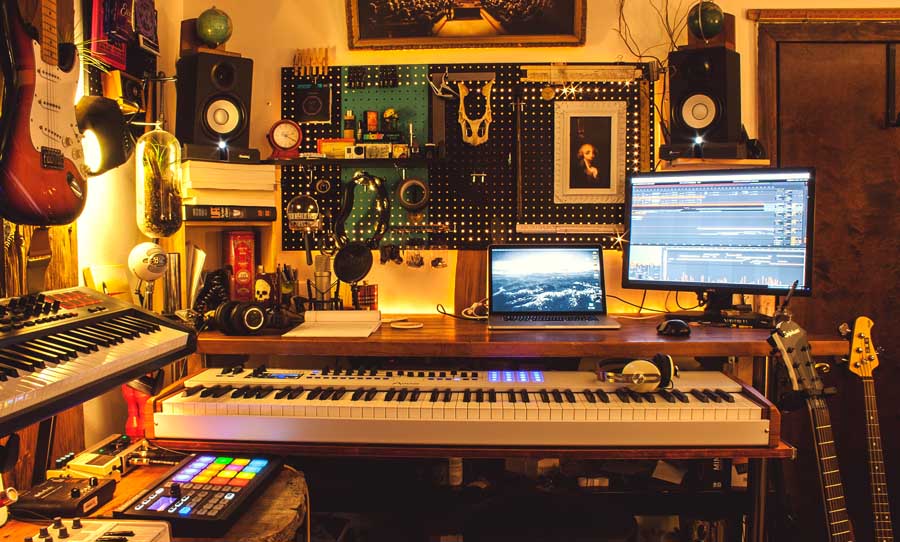
In the Driver’s Seat
If you’re in a room with a low ceiling and you’ve taken pains to ensure your head’s in the right spot for listening, then you might need to stay in your seat. There are, however, plenty of options for kicking back in a chair.
Chairs with ergonomic designs at their heart can get quite expensive. But studio folk could actually take a leaf from an industry that makes an elite sport of sitting down: gaming.
E-Sports is a worldwide phenomenon, requiring endurance, focus and ergonomic comfort for long sessions. Yet, studios seem to be chronically under-resourced in this department. If you’re planning a career of marathon sessions sitting down and staring at a screen in the studio, take heed from an industry that has made an art out of it.
Keeping in Control
Imagine you had one finger to control an entire mixing desk. That’s basically what we do every day when we work with a DAW. We drag a mouse cursor across a screen, making individual clicks and drags to perform a dizzying multitude of operations and rarely question the logic.
The first step in smoothing out this frustrating state of affairs is to get familiar with the keyboard shortcuts of your chosen software. But when this is not enough, there are a host of third-party controllers that can help navigate everything from the beginnings of music creation to the finishing touches.
MIDI controllers in the form of keyboards and pads have been around for a long time, with varying degrees of capability. They can be cheap and generic, but they can get quite expensive for items like the Ableton Push, which offers up a deep feature set for controlling all aspects in the Ableton Live environment.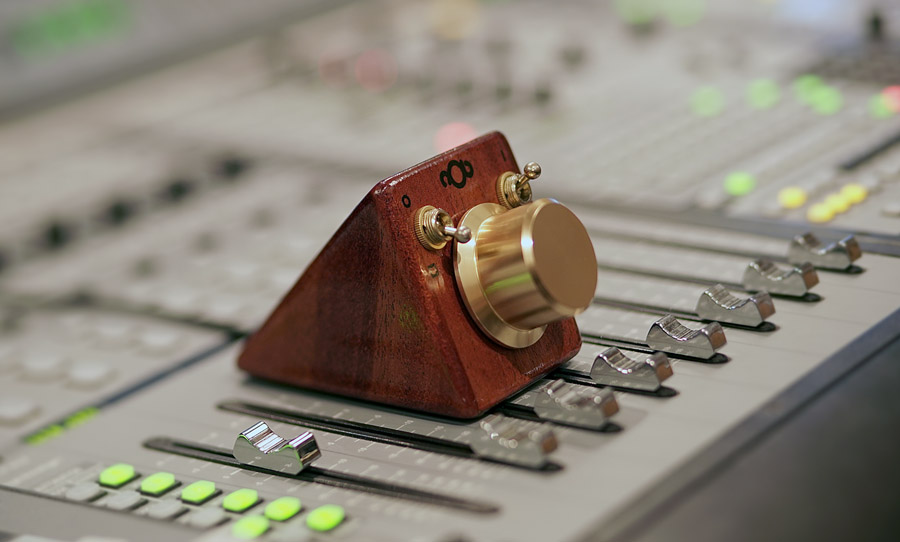
Other controllers are fit for more utilitarian purposes and are highly-prized for their ergonomic value. Trackballs have often been favoured by mix engineers who work in the box. In the same vein, a new and innovative hardware session navigator, nOb, provides precise and versatile control over a plethora of DAW parameters.
Bringing physical faders into the software world for intuitive control over mix automation has been possible for years with products from the likes of AVID. Other manufacturers have also got into the game, able to scale them down for more modest budgets.
The Presonus Faderport range, for example, brings high-quality faders to DAW-based productions, even providing a single fader option – just the thing for drawing in real-time volume automation, reverb swells, delay throws and most importantly, avoiding the mouse. 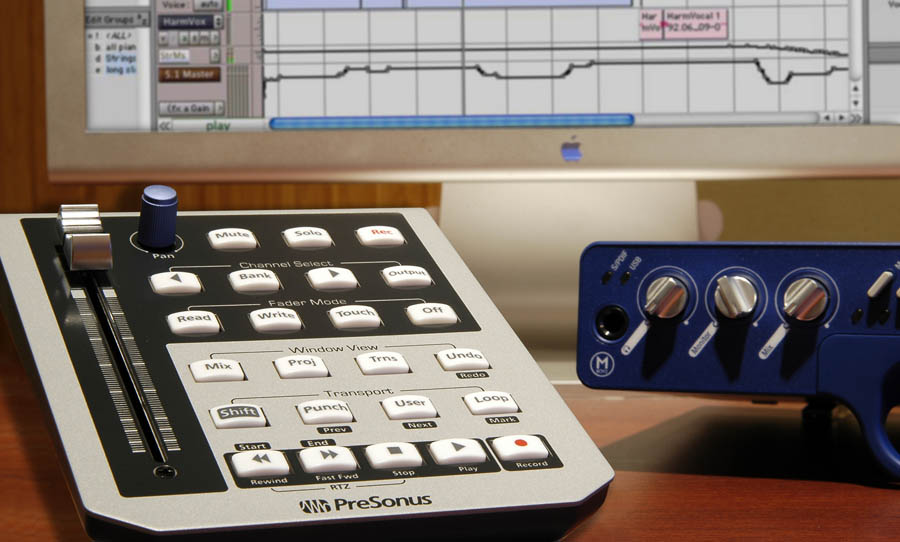
To tap into the ergonomic potential of your space, taking a moment to pause and think is essential. It’s easy to dive headlong into cerebral, creative time without considering the needs of your body. But the better you can look after physical health in the studio, the longer you can stay in your happy place.
